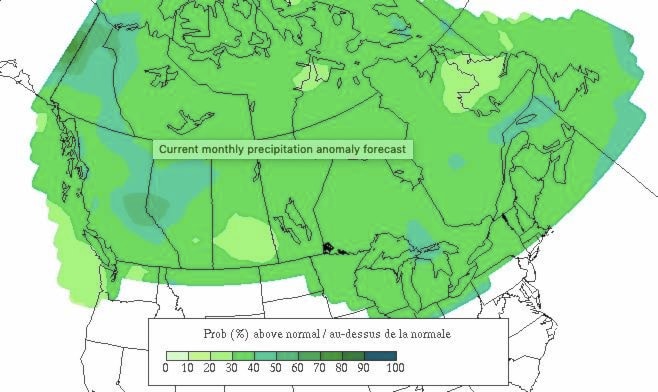The Bulkley Valley and Lakes District had the sixth driest December on record last month, according to Environment Canada.
The region saw about 19.5 millimeters of precipitation compared with the average of 41.9 mm (from 1981 to 2010), said Bobby Sekhon, a meteorologist with Environment Canada.
When it comes to temperatures, Sekhon said the region was warmer than normal last month. While the area’s average mean daily temperature for December is -7.1 Celsius, last month it was -5.7 C (measured in Smithers).
The first week of the year brought a strong winter storm to the Lakes District, but starting next week Burns Lakers can expect to see a drier weather pattern, said AccuWeather Meteorologist Brett Anderson.
“Starting around the second week of January, and probably through much of the remainder of the month, I see a much drier pattern setting up across B.C.,” Anderson said. “However, it’s going to start becoming colder as well.”
By the end of this week lasting almost two weeks, extreme cold weather is forecast with temperatures dipping down to -30 Celsius.
Around the mid-month mark, instead of winds coming from the west, the region will start experiencing shots of Arctic air coming from the northwest, which tend to bring a drier and colder flow, he said.
Sekhon agrees that northern B.C. residents should expect to see below normal temperatures in mid-January.
But milder conditions will return next month, Anderson said.
In February, the cold weather is expected to shift east across the Prairies and perhaps into Ontario, said Anderson, leaving northwest B.C. with milder temperatures.
Meanwhile Environment Canada’s seasonal forecast, updated on Dec. 31, indicates neutral conditions and slightly below normal temperatures for northern B.C. for the remainder of winter.
Sekhon said that’s partly because this season is not being influenced by El Niño, which can result in wetter and warmer than normal winter conditions, nor La Nina, which usually brings drier and colder than normal temperatures.
